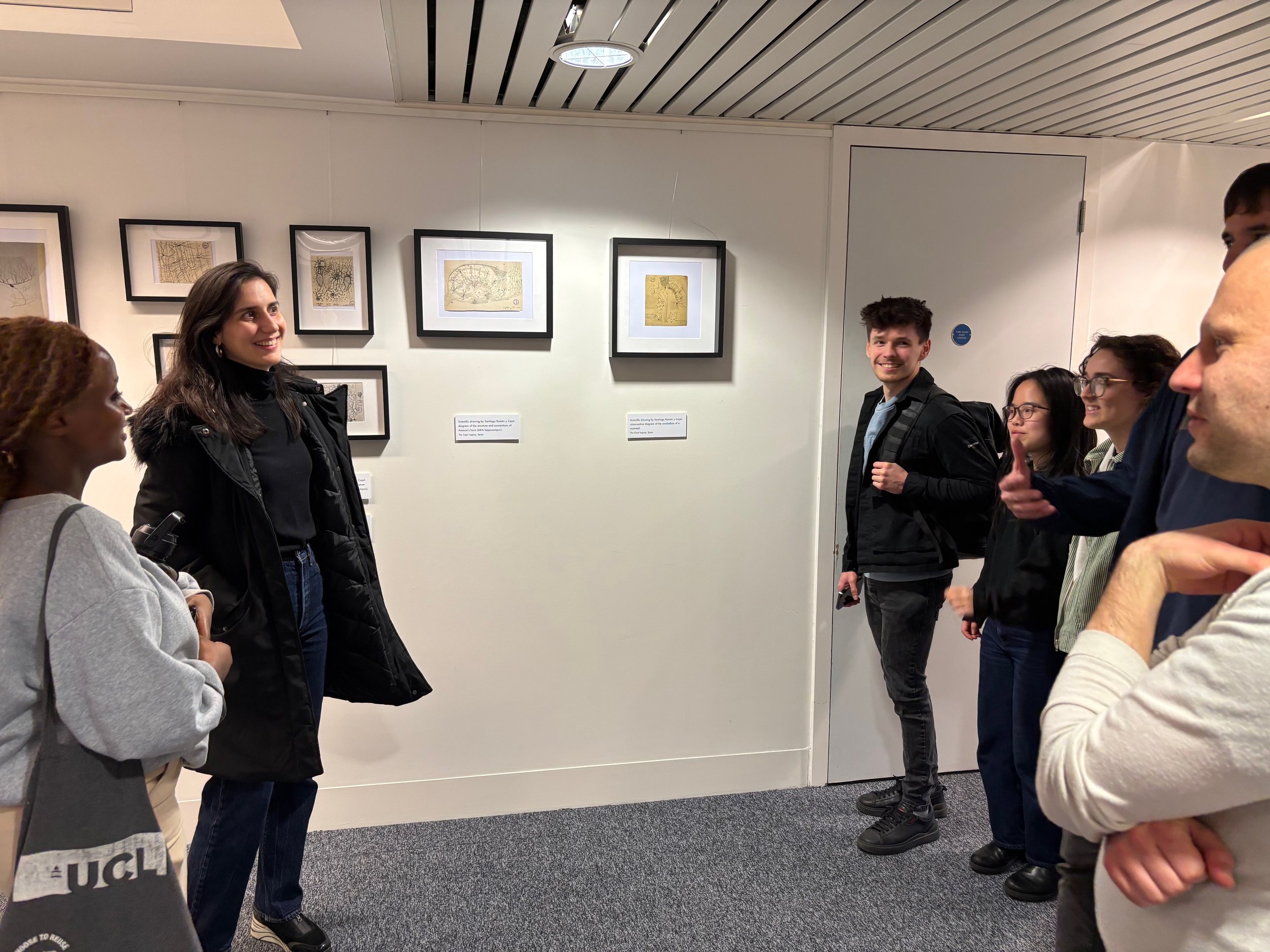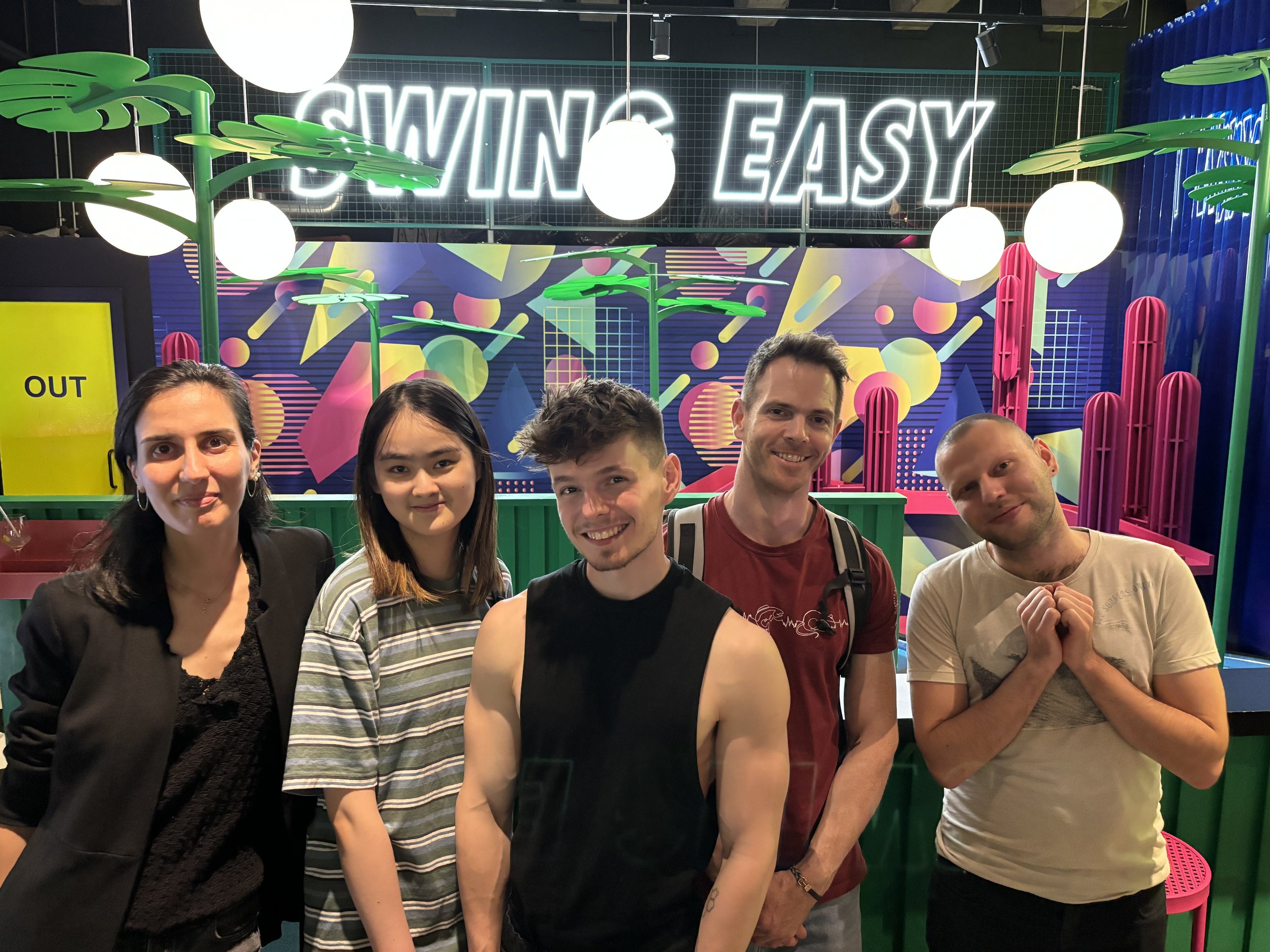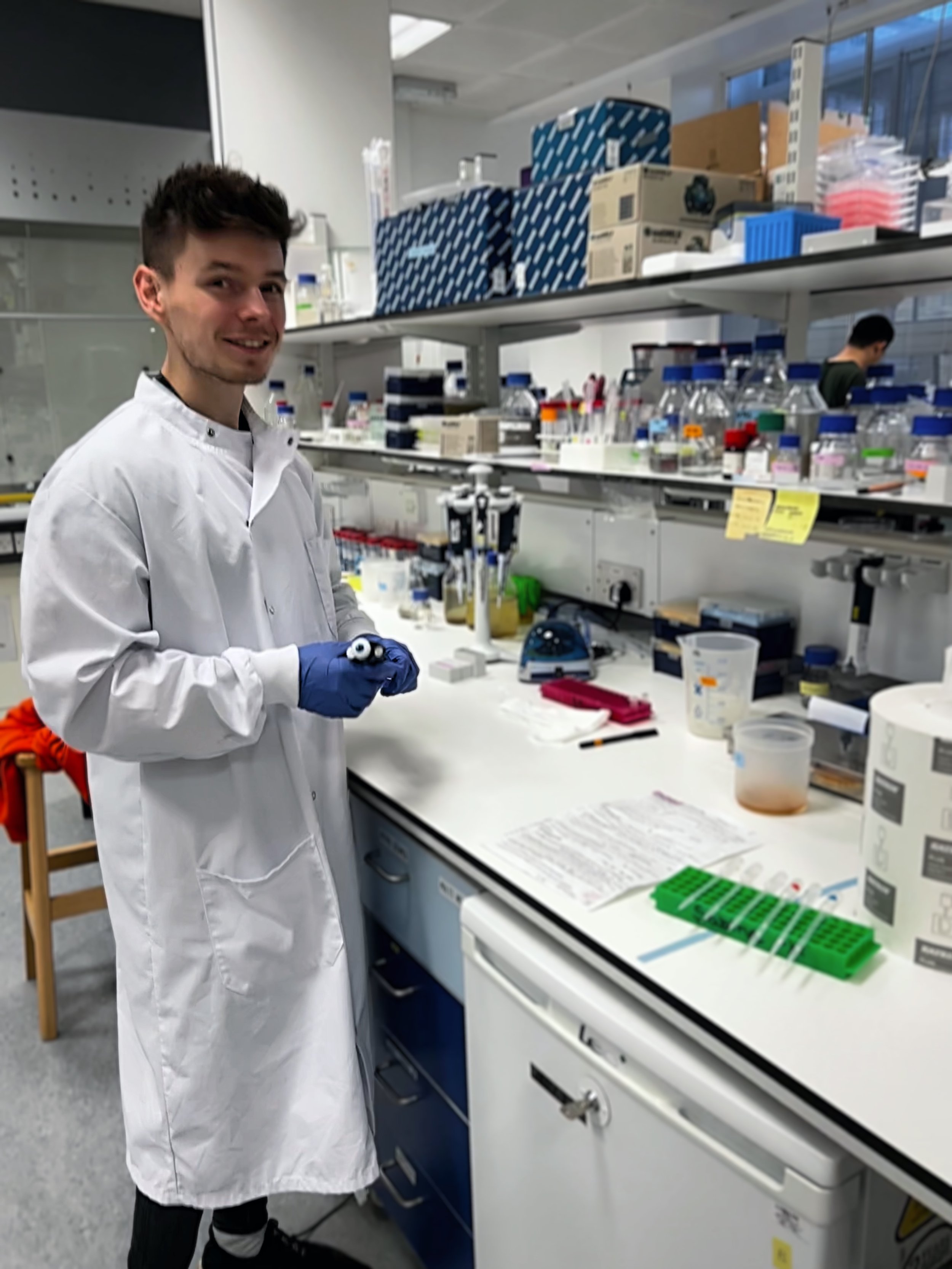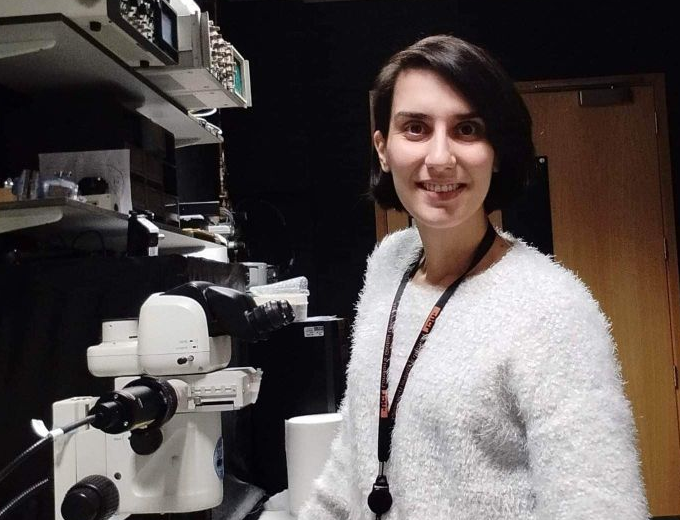We had a lovely evening viewing an exhibition of Cajal’s fantastic neuroanatomical drawings at Imperial
https://www.imperial.ac.uk/events/190823/cajal-exhibition/
Viewing entries by
Isaac Bianco
We had a lovely evening viewing an exhibition of Cajal’s fantastic neuroanatomical drawings at Imperial
https://www.imperial.ac.uk/events/190823/cajal-exhibition/


How can you tell if a 2-photon microscope is performing at its best? Do the optics need aligning or should you install a new PMT? Our new paper in Nature Protocols provides several step-by-step procedures (no special equipment necessary) to test different aspects of microscope performance that can help troubleshoot issues and ensure consistent results over time (and across different labs).
Check out the paper here: https://www.nature.com/articles/s41596-024-01120-w

Working on this paper was a really fun group-effort. Congratulations to all the co-authors!
Charlie’s fantastic paper on the circuits that control hunting and exploratory saccades is now published in Current Biology: 10.1016/j.cub.2024.12.010

In our previous paper (10.1016/j.cub.2024.08.008) we discovered that zebrafish use a special type of saccadic eye movement when they hunt, which led us to hypothesise that there might be a distinct neuronal circuit responsible for its control. In this paper, we find that specialised subsets of motoneurons in the oculomotor nucleus are active during different saccade types, and then trace the premotor pathways that are responsible for their behavioural context-specific recruitment. Remarkably, the Type Y motoneurons that are exclusively involved in hunting get direct monosynaptic input from the hunting command neurons in the pretectum that we discovered a few years ago (10.7554/eLife.48114)!
Also check out this nice dispatch about the work from Celine Bellegarda and David Schoppik: 10.1016/j.cub.2024.11.045
Check out our preprint in which we describe the neural circuits that control two types of saccadic eye movement. https://doi.org/10.1101/2024.08.12.607184

When they’re hunting, zebrafish generate a specialised type of saccadic eye movement which differs from those used during routine visual exploration. We discover that these saccades are controlled by topographically organised subsets of motoneurons that are in turn controlled by two parallel premotor pathways — one is a generalist pathway used for all types of saccade and second is an action-specific pathway dedicated to hunting.
Congratulations to first author Charlie Dowell on a fantastic paper.
To mark Monique’s last day in the lab, Lewis baked what is perhaps the most impressive cake ever seen on the FishFloor

And we played mini-golf..!

The Bianco lab’s paper introducing mirror-assisted light-sheet microscopy (mLSM) is now published in Neurophotonics.

This is a simple and elegant solution that uses a tiny mirrored prism to illuminate the ~25% of the zebrafish brain that is normally inaccessible to a laterally directed light sheet.

Congratulations to Asaph on a great paper.
Massive congratulations to Giulia and Anya who both won prizes at the UCL Neuroscience Symposium.

Giulia (Bianco lab) won a prize for her poster about neural control of hunting sequences and Anya (formerly Rihel lab) won the early career prize for her work on synaptic changes during sleep.
A fantastic achievement and we’re all incredibly proud of them.
Lewis has joined the Bianco lab as a Research Technician. Welcome!

Summer in London now seems to be well and truely over, but the lab did manage to get together for a lovely BBQ on the last sunny (and very hot) Saturday of the season.

Photo taken by Joanna (on a real, film camera).
We’re really proud of Asaph Zylbertal who won the UCL Early Career Neuroscience Prize (Advanced category) for his beautiful study about how recurrent interactions in the optic tectum help explain the interactions between sensory input and the brain’s internal state.
Here’s Asaph giving his talk at the UCL Neuroscience Symposium and receiving the award from Prof Trevor Smart.
Check out the paper here: doi.org/10.7554/eLife.78381


The Bianco Lab had a lot to celebrate this week. Not only was Asaph’s paper accepted, but UCL was awarded a Leverhulme Grant to support a project in the lab linking dynamic brain activity to flexible behaviour.

A celebratory dinner was very much in order!
In a recent paper from the Bianco Lab, we used light-sheet calcium imaging and computational modelling to explore how activity in neural networks affects their internal state and contributes to variability in activity and behaviour.

One of our key findings is that recurrent network interactions can explain multiple aspects of tectal physiology including the structure of spontaneous activity, variability in visual encoding, and habituation of prey-catching behaviour.
Congratulations to first author Asaph Zylbertal, and check out the paper here: https://elifesciences.org/articles/78381

The Bianco lab welcomes their newest postdoc, Eleni Petridou!

Welcome to Matthias who joins the Bianco lab from the Wellcome Optical Biology PhD programme.
The Bianco lab is looking for postdocs to join a Wellcome funded project examining how circuits integrate sensory and internal state information to select behavioural programmes and how sequences of motor actions are flexibly selected and tuned to accomplish behavioural goals. The lab uses a variety of approaches including functional calcium imaging, naturalistic behavioural assays, multiphoton optogenetics, circuit tracing and computational modelling.
Please contact Isaac to find out more and apply before 6 June 2022: bit.ly/3M1rwsT
We all enjoyed another excellent UCL Neuroscience Symposium, which featured fantastic talks by our own Charlie and Asaph.


The Bianco lab is looking to recruit one/two postdoctoral research fellows.
Positions are Wellcome funded for 4 years. Experience with custom design of optical systems or electrophysiology would be especially great, but most important is enthusiasm to understand the circuit basis of behaviour.
NOTE: We have extended the deadline for applications so you can now apply up until 30 NOVEMBER. Contact Isaac if you’re interested to find out more.


We’re delighted to announce that the Wellcome Trust are generously funding the Bianco lab for the next five years.
We will be using fast calcium imaging, electrophysiology and holographic optogenetic stimulation to figure out how zebrafish command and pattern their hunting sequences.
We’ll be advertising postdoc positions soon, so please contact Isaac if you’re interested.
As anyone who does 2-photon imaging in behaving animals will know, motion artifacts are a pain the neck and can be difficult to correct. We were lucky enough to contribute to a fantastic project in Angus Silver’s lab, which led to technology enabling real-time motion correction in 3D. As Joanna showed, it works beautifully in larval zebrafish!

Congratulations to Joanna Lau who was just awarded her PhD. Thanks also to her examiners, Jon Clarke and Andrew Murray.



